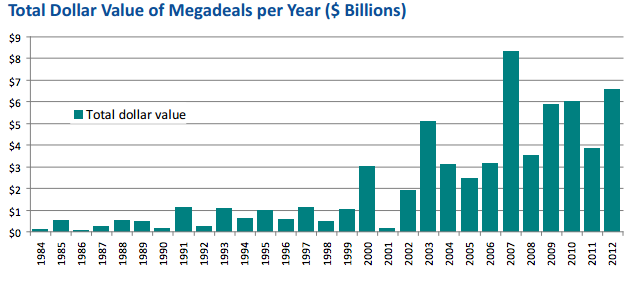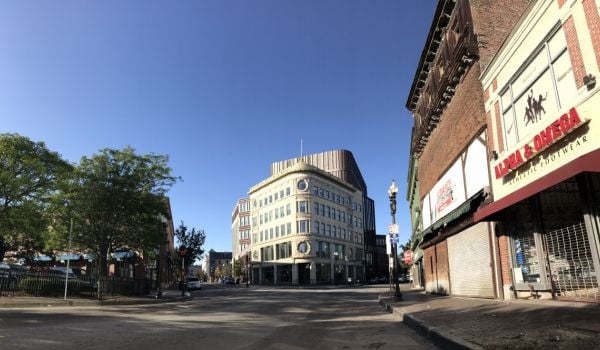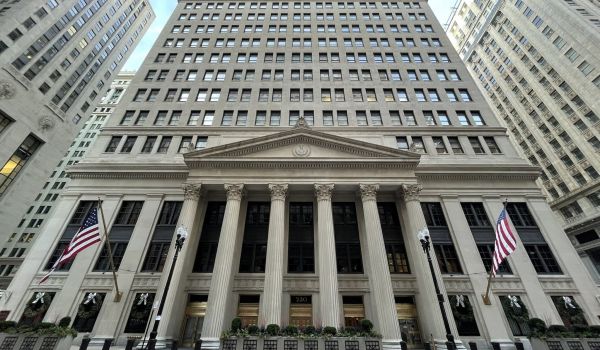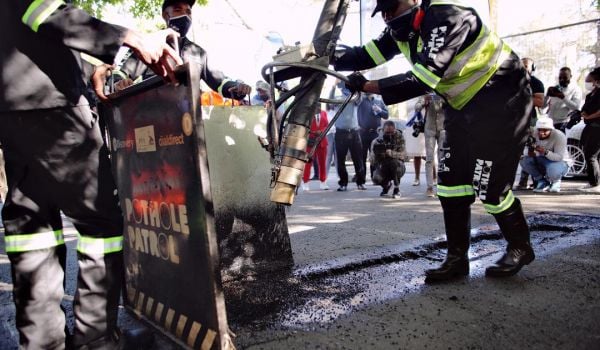We’re taking a closer look at subsidies this week — why they persist and just how big the problem is — and this report from the think tank Good Jobs First is a trove of information for the incensed taxpayer. I detailed some of the staggering numbers of subsidies yesterday (example: it costs, on average, between $456,000 and $1 million to create one job), but the sheer number of dollars spent on subsidies and the consistent increase is equally insane.
Between 1984 and 1990 the annual value of megadeals — that is, subsidy packages of at least $75 million, not including stadiums — stayed under $1 billion. It hit $1.1 billion in 1991 and, with the exception of a couple of down years, there was no turning back. Since 2002 megadeals have accounted for more than $2 billion annually in what could largely be considered squandered taxpayer money.
Megadeal spending hit a high in 2007, reaching $8.3 billion. You all know what happened the following year. There was a dip in 2008, and though megadeal subsidies haven’t returned to the $8.3 billion mark since the recession, they’re hovering somewhere between $4 billion and $6 billion annually. But what hasn’t taken a hit since the market crashed in the fall of 2008? As of early June, before the report was published, the U.S. had already racked up $1.8 billion in megadeals this year.
Some might say that’s not that much in big-picture government dollars. But imagine the smart growth that sort of money could spur in cities across the country if it were spent wisely on citywide infrastructure in lieu of single-project megadeals? Instead, we’re stuck in a culture where a former baseball player famous for wearing a bloody sock gets $75 million from the state of Rhode Island only to go bankrupt.
The Equity Factor is made possible with the support of the Surdna Foundation.

Bill Bradley is a writer and reporter living in Brooklyn. His work has appeared in Deadspin, GQ, and Vanity Fair, among others.

















